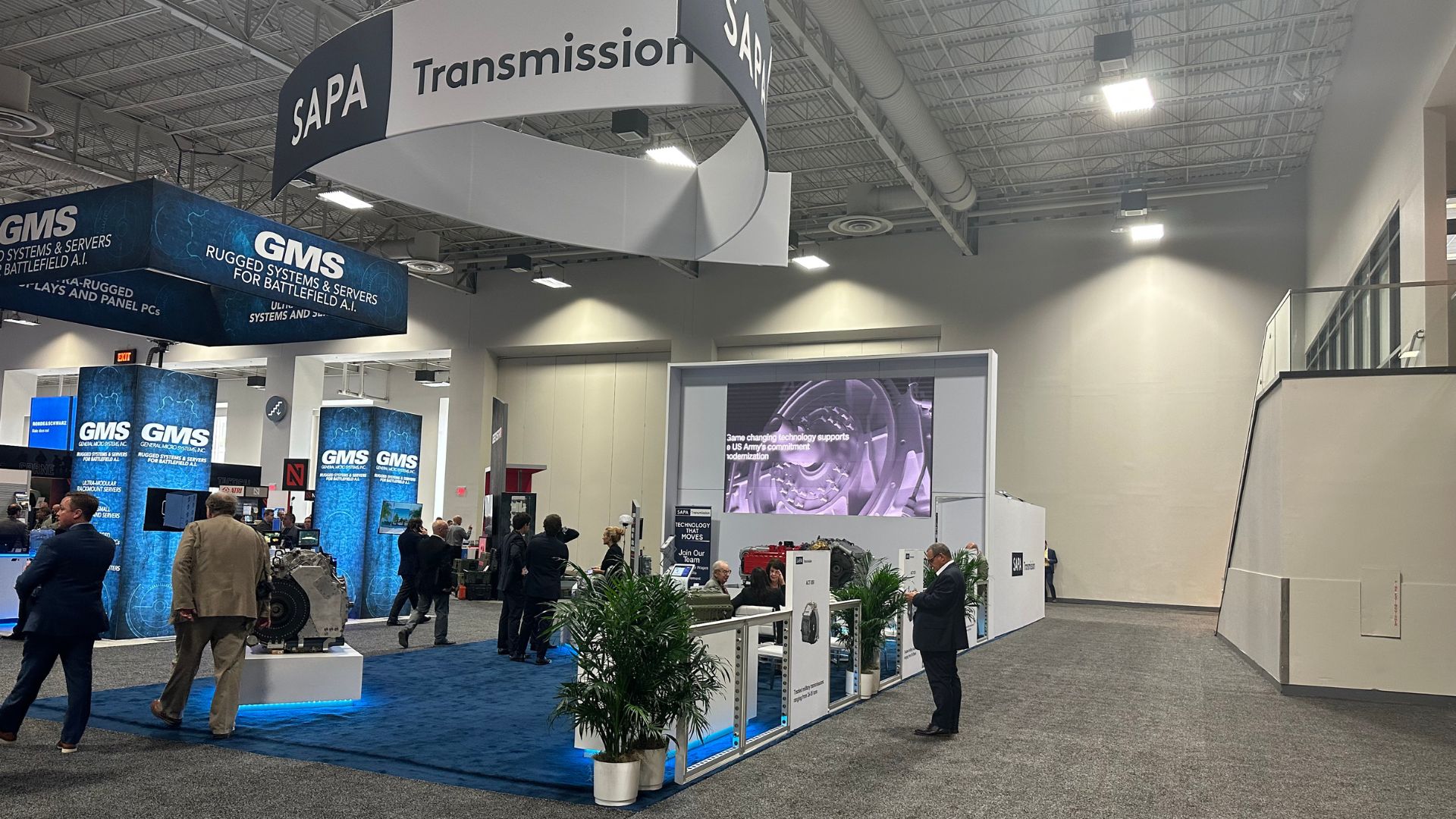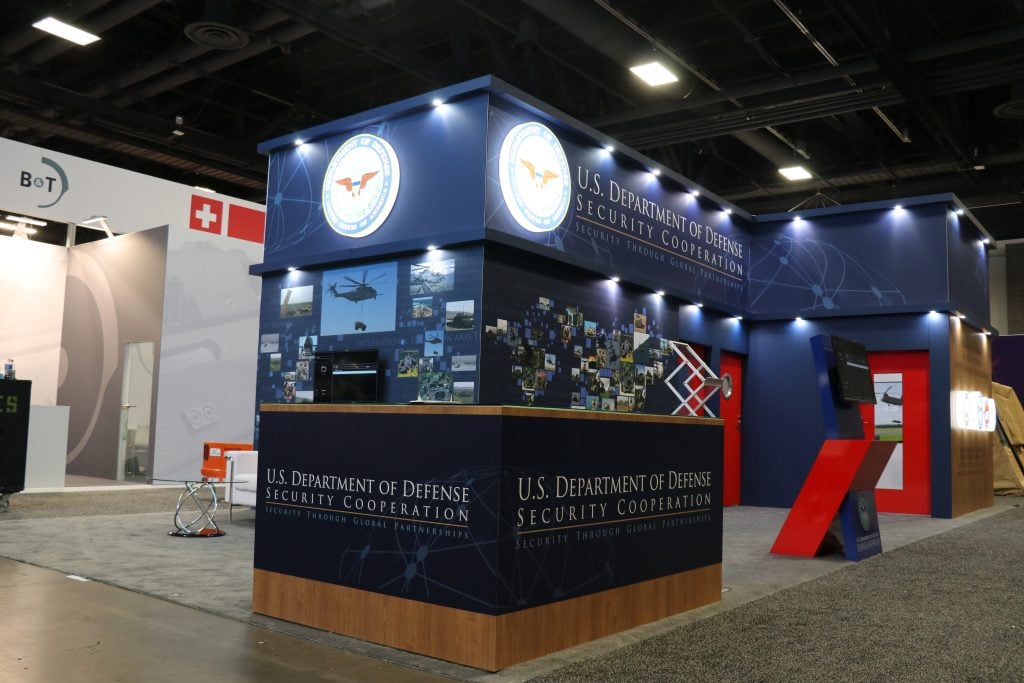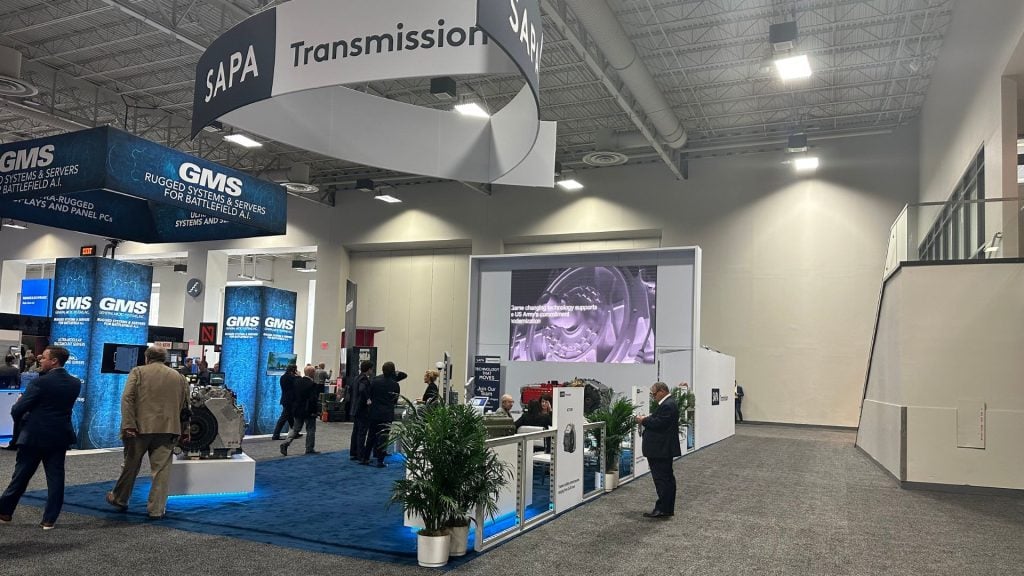
Introduction
Biophilic design, an approach that integrates natural elements into built environments, is gaining popularity in various sectors, including trade show exhibition design. Incorporating biophilic elements into your sustainable booth can enhance visitor experience, promote well-being, and underscore your commitment to environmental stewardship.
This guide provides practical tips on how to integrate biophilic design into your sustainable booth, ensuring a harmonious blend of nature and innovation.
1. Understanding Biophilic Design:
Definition and Benefits: Biophilic design aims to connect people with nature, enhancing their physical and mental well-being. In the context of exhibition booths, it can:
- Enhance Visitor Engagement: Natural elements can create a calming and inviting atmosphere, encouraging visitors to spend more time at your booth.
- Promote Well-being: Exposure to nature has been shown to reduce stress and improve mood, making your booth a pleasant space for attendees.
- Reinforce Sustainability: Incorporating natural elements emphasizes your brand’s commitment to sustainability and environmental responsibility.
2. Key Elements of Biophilic Design:
Natural Materials: Using natural materials is a foundational aspect of biophilic design.
- Wood and Bamboo: Opt for sustainably sourced wood and bamboo, which are not only eco-friendly but also add warmth and texture to your booth.
- Stone and Earth: Incorporate stone or earth elements for a rustic, grounded feel. These can be used in flooring, countertops, or decorative features.
Greenery: Plants are a central element of biophilic design, bringing life and color to your booth.
- Living Walls: Install vertical gardens or living walls to create a stunning visual impact while improving air quality.
- Potted Plants: Strategically place potted plants around your booth to soften edges and create a more inviting space. Choose low-maintenance plants like succulents or air plants.
- Hanging Gardens: Use hanging plants to add a dynamic and layered look to your trade show booth design.
Natural Light: Maximizing natural light can enhance the biophilic effect.
- Transparent Roof Panels: If possible, incorporate transparent roof panels to allow natural light to flood your booth.
- LED Lighting: When natural light isn’t an option, use LED lights that mimic natural daylight. This not only supports sustainability but also creates a more pleasant ambiance.
Water Features: Incorporating water elements can add a soothing, dynamic component to your booth.
- Fountains and Water Walls: Small, self-contained water features like fountains or water walls can introduce the calming sound of flowing water.
- Aquariums: A well-maintained aquarium can serve as a focal point, drawing visitors and creating a serene environment.
3. Sustainable Practices in Biophilic Design:
Eco-Friendly Materials: Ensure that all materials used are sustainable and environmentally friendly.
- Recycled and Reclaimed: Use recycled or reclaimed materials for construction and decor to minimize environmental impact.
- Non-Toxic Finishes: Choose paints, sealants, and adhesives that are free from volatile organic compounds (VOCs) to improve indoor air quality.
Energy Efficiency: Integrate energy-efficient technologies to complement your sustainable design.
- Solar Panels: If your event location allows, use solar panels to power your booth, reducing reliance on conventional energy sources.
- Efficient HVAC: Use energy-efficient heating, ventilation, and air conditioning systems to maintain a comfortable booth environment.
4. Practical Implementation Strategies:
Planning and Design: Effective planning is crucial for successfully incorporating biophilic elements into your booth.
- Design Integration: Work with designers who specialize in biophilic and sustainable design to seamlessly integrate natural elements into your booth.
- Customization: Tailor the design to reflect your brand’s identity while incorporating biophilic elements that resonate with your target audience.
Installation and Maintenance: Consider the practical aspects of installing and maintaining biophilic elements.
- Professional Installation: Hire professionals for the installation of complex elements like living walls and water features to ensure they are properly set up and maintained.
- Ongoing Care: Plan for the maintenance of plants and other natural elements throughout the event. This might include watering schedules, pruning, and general upkeep.
Conclusion:
Incorporating biophilic design elements into your sustainable booth not only enhances the aesthetic appeal but also promotes a sense of well-being and underscores your commitment to sustainability. By integrating natural materials, greenery, natural light, and water features, you can create an engaging, eco-friendly space that attracts and resonates with visitors. As businesses and consumers alike become more environmentally conscious, embracing biophilic design can set your booth apart and contribute to a more sustainable future for exhibitions.


 Global
Global Europe
Europe

